Goths, emos, and other youth subcultures: Where have they gone in Russia?
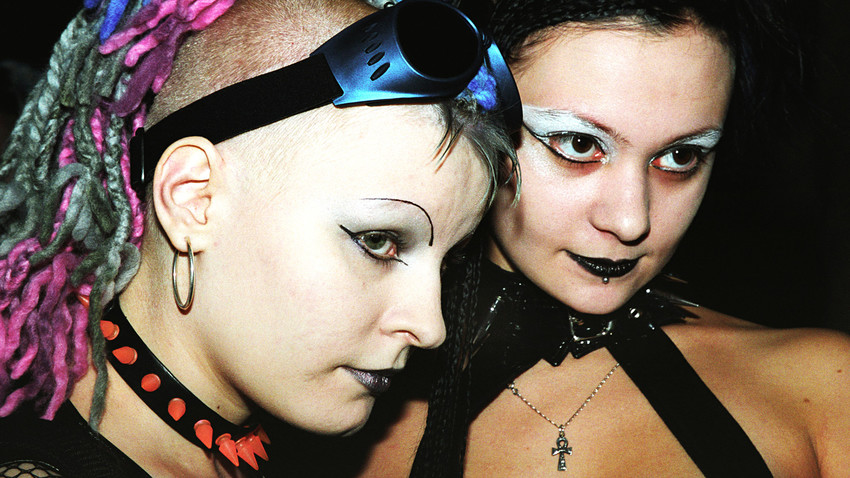
Dressed in black: Goths
In the mid-2000’s Timur was a goth. After finishing his studies in a small provincial town, he started to pursue a different look. The likes of Facebook, VK, and Instagram didn’t exist at the time (social media appeared in Russia in 2006), so he could only chat
“This one time we were talking in a cemetery late at
“Are you guys goths?”
“Yes”
“What
I’d never been asked such an unusual question before
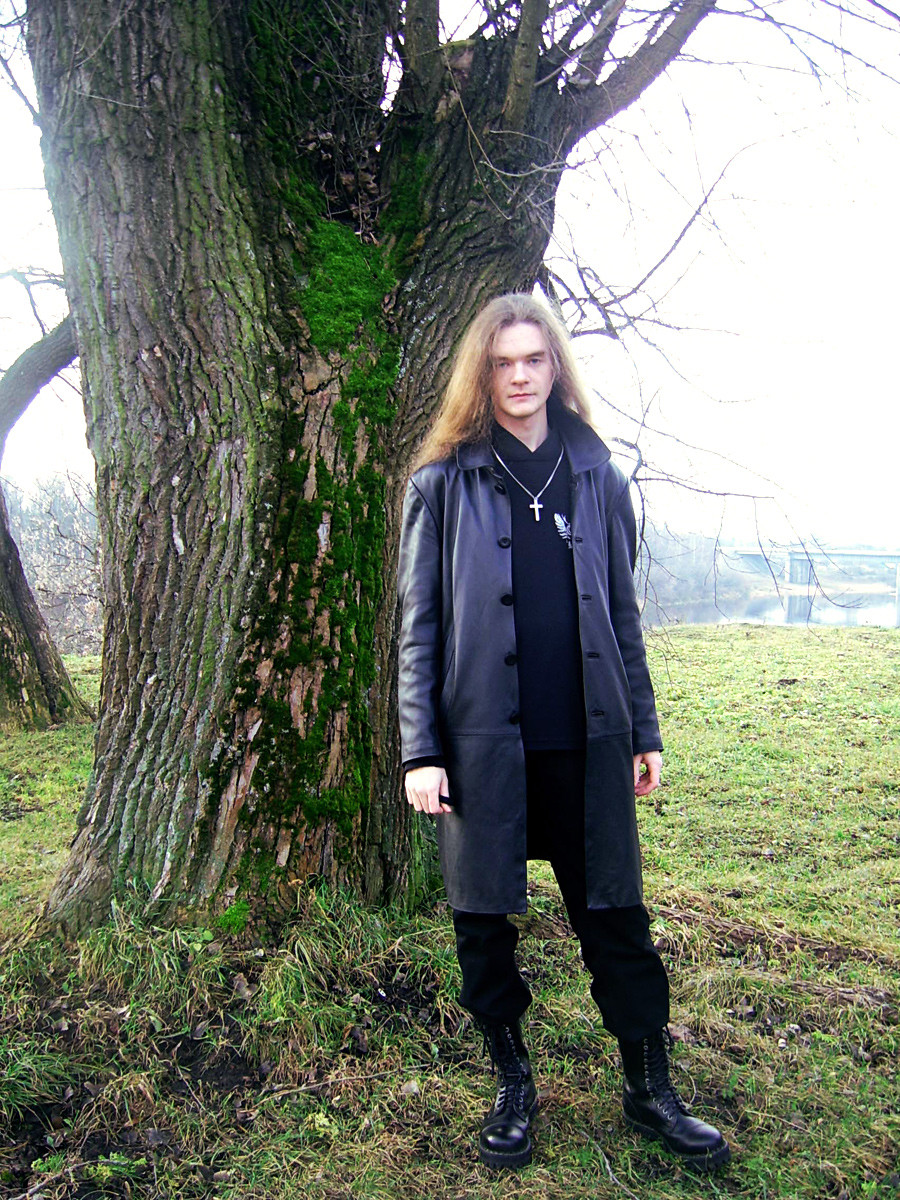
When Timur was a goth.
Own archive“I had been living in a pretty bad
The goth movement ended abruptly in 2010.
“Everything suddenly disappeared and became irrelevant. Former goths grew up and adapted to an ordinary life.
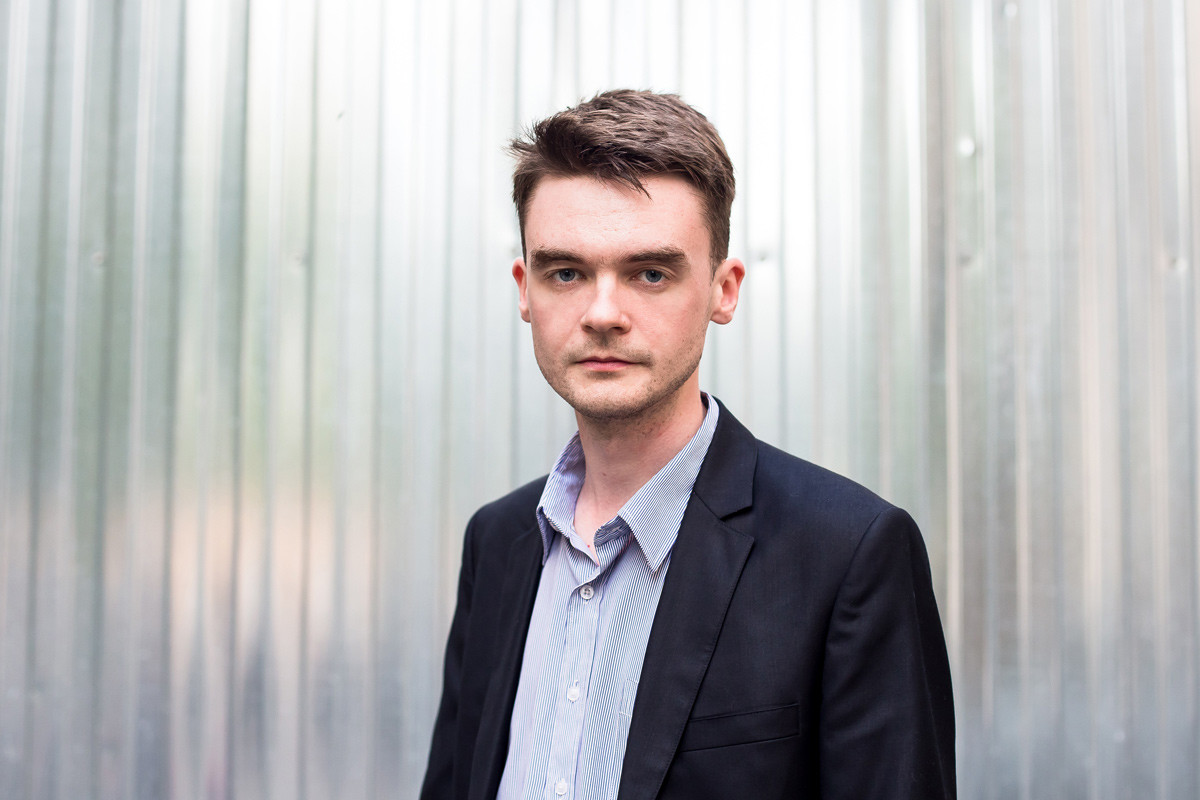
Timur, nowadays.
Own archive“Each generation has its own trends. This was a subculture for Russian millennials and I don’t regret being a part of it,” he adds.
‘It would be better to watch porn’ - anime lovers
“My parents have been considering breaking my computer for almost five years now. Before it was video games, now it is anime. So far, they’ve only managed to smash my screen once. Eighty percent of my friends think that my anime obsession is abnormal. I only have one friend who likes anime, but he’s joined the army. Everyone has tried their hardest to ban my addiction, but this hasn’t stopped me. The only crisis I encountered was when my mum caught me watching hentai (anime porn). This came as a serious shock to her and she was ready to take me to a psychologist,” was written in a forum by an anonymous user in 2007
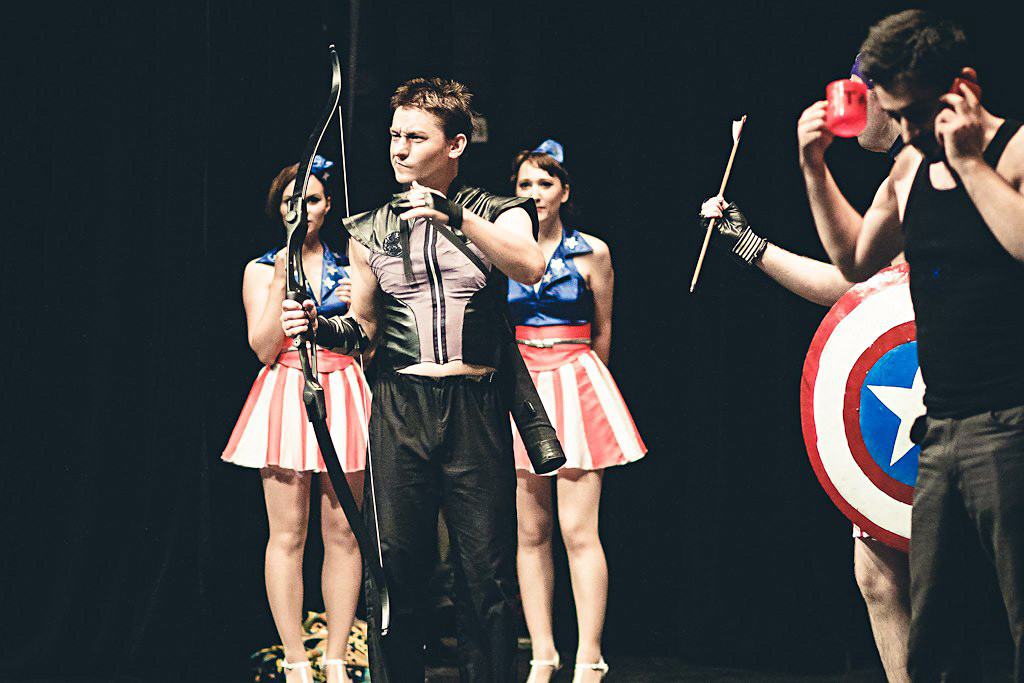
Nikolay Novitsky in 2012
Own archive“VHS recorders were brought in from Japan and the USA and often ‘pirates’ would create a series based on a film. For example, after watching the American film Cobra starring Sylvester Stallone (1986) they wrote a whole series called ‘First of the North Star’,” reveals 38-year-old Nikolay Novitsky.
His anime obsession isn’t going anywhere. He continues to go to anime festivals, where he helps out and even hosts events.
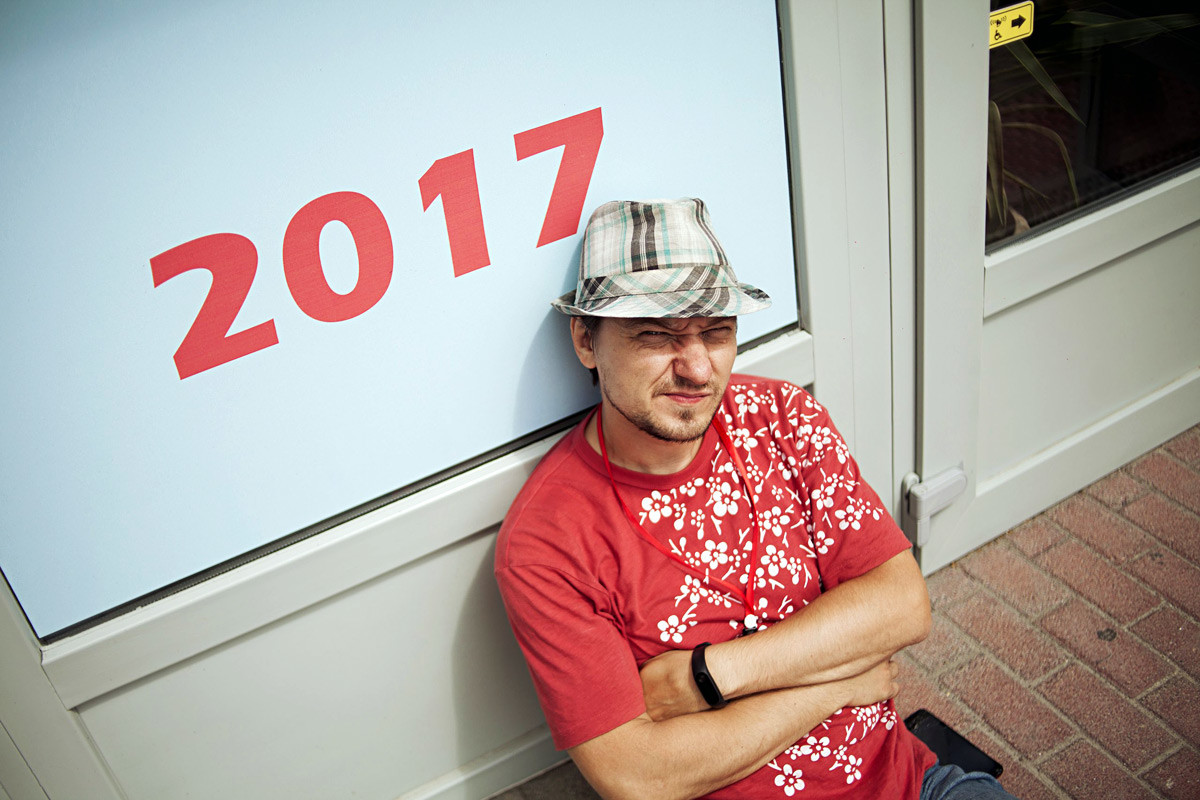
Nikolay Novitsky in 2018
Own archive“I look more like an anime character today than I did 20 years ago. Until a couple of weeks ago I had a mohawk and green hair. I don’t need to work, so I’m at home at the moment.” he says. Prior to this, Nikolay used to work as a logistics manager for a small warehouse.
‘It was strange being a nobody’ - emo and alternative rock
“We stretched our ears, pierced our lips, tongues, and even our cheeks. We dyed our hair and at
They pretty much did everything that would be considered emo or “alternative,” subcultures that lack clear limits and combine heavy metal, punk, and rap.
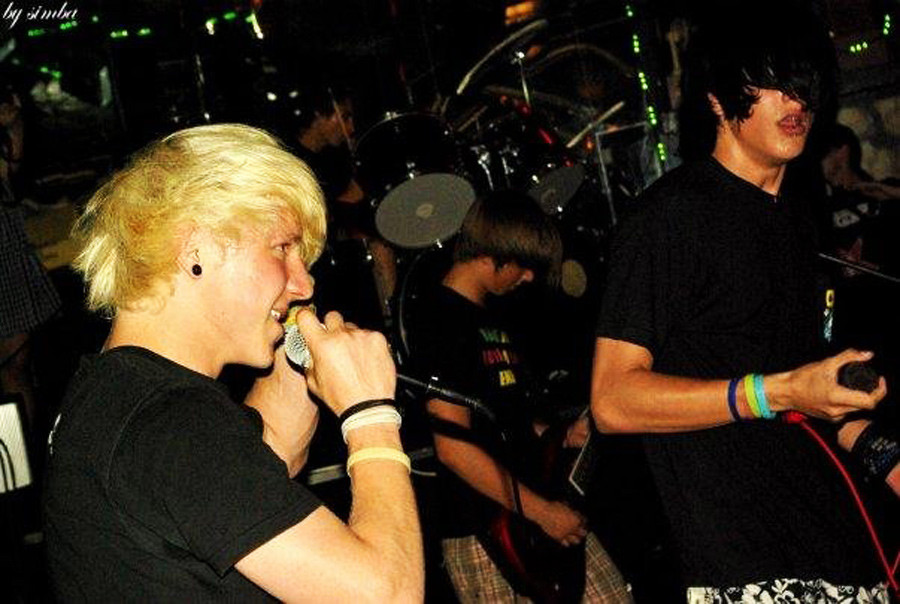
Edward in 2008
Own archive“I remember how we’d gather together about 50 people to listen to songs, drink ‘blazer’ (an alcoholic soda that costs no more than a regular carton of juice), and slit our wrists,” he says while laughing. “Alright, I’m joking about the wrists. It really annoys me that people think that emos are always crying and slitting their wrists. Only certain individuals who weren’t thinking straight did this. In reality, we were all really introverted, full of energy and love, and we always stuck together.”
Now he claims to be an artist who makes videos. “When I was growing up, I worked on construction sites. I later worked as a waiter and a bartender. And then I realized that these jobs were not for me. I also couldn’t stand the idea of an office job,” says Edward.

Edward in 2018
Own archive“It was really strange being a nobody with no legacy to leave behind,” Karina, 26, an ex-alt, recalls. In 2007 she had her own band. “We paid 150 roubles ($6) an hour to play in a smoky cardboard studio, where the microphones and guitar amplifiers could give you an electric shock,” she says while laughing.
“At that time internet usage was rationed. You had to buy a card to access the internet for a maximum of four hours in a kiosk, where they also sold newspapers. We used the internet to print out lyrics of English
Igor Kapranov, the ex-soloist of Amatory, one of the most popular metal groups of the early 2000s, underwent a radical transformation
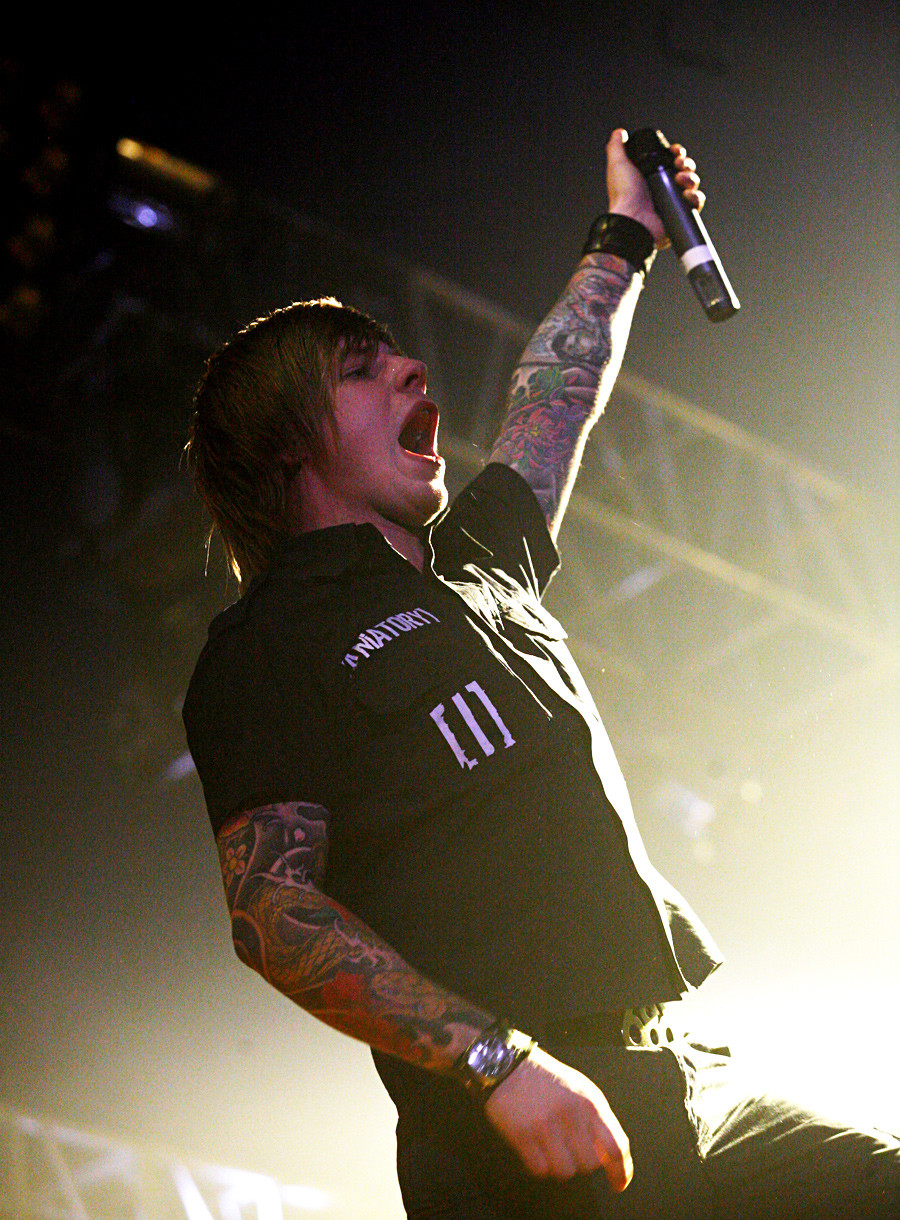
Igor Kanpranov
Kommersant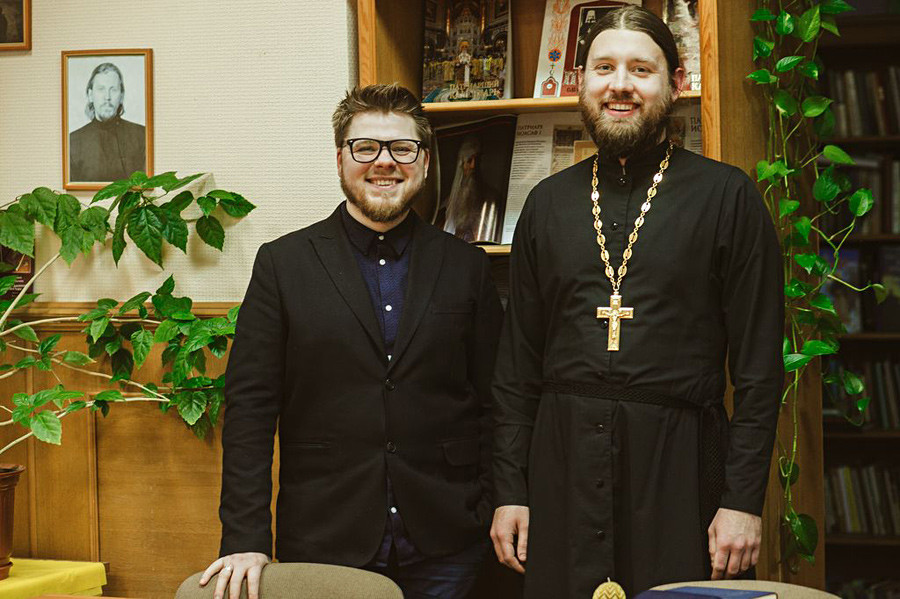
Igor Kanpranov
Vologda Metropolia2007 cult
There is a theory that youth subcultures, in the ordinary sense of the word, have disappeared and that volunteers and animal activists have replaced goths and emos. In Russia, millennials are preoccupied with other matters. “We’re talking about gender roles, xenophobia, patriotism (Crimea) and a healthy lifestyle. The latter is particularly important,” Elena Omelchenko concludes - she researched subcultures in the Higher School of Economics.
“There is also the theory that these subcultures never died out. We simply forgot about them. While it’s possible that they’re less popular, their representatives still remain. It’s like saying that when demand for a particular meat falls, we completely stop eating it,” says Nikolay.
“I went to a Jane Air concert in Moscow (a Russian rock group popular with emos) with my friend John in January 2016, and right next door an emo party was taking place. It was a real emo party full of the same kinds of piercings, long bangs,
If using any of Russia Beyond's content, partly or in full, always provide an active hyperlink to the original material.
Subscribe
to our newsletter!
Get the week's best stories straight to your inbox